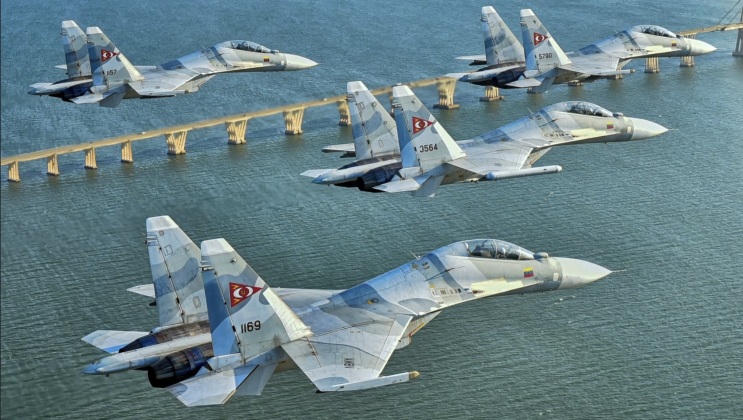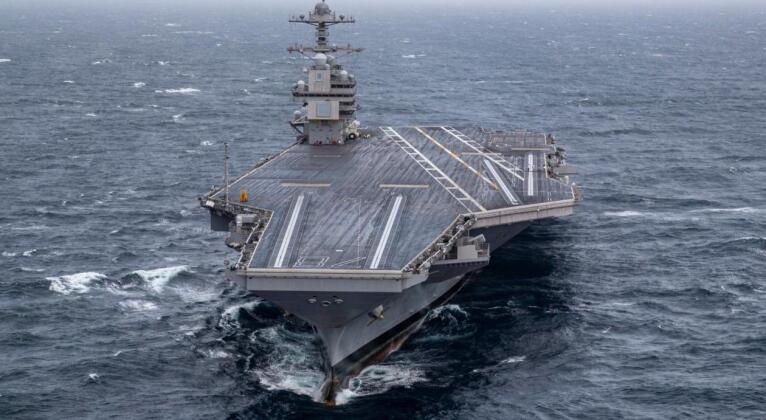News
U.S. Navy’s Sole Next Generation Supercarrier USS Gerald Ford Redeploying to Target Venezuela
The U.S. Navy’s sole next generation supercarrier USS Gerald Fordhas been ordered to South American waters alongside much of its strike group, marking a major milestone in the already very significant military buildup targeting Venezuela. This follows flights by B-1B and B-52H strategic bombers off the country’s coast, and other significant shows of force including patrols by forward deployed F-35 stealth fighters. The Gerald Ford is the sole operational warship of its class, and has significantly superior capabilities to older aircraft carriers including the use of an electromagnetic catapult launch system, which allows aircraft to launch far more efficiently and with higher fuel and weapons loads. Major delays to making the Navy’s new F-35C stealth fighters compatible with this launch system have resulted in the Ford’s air wing being comprised exclusively of fourth generation fighters, namelyF-18E/F Super Hornet fighters, which are supported by EA-18G Growler electronic attack jets, and E-2D Hawkeye AEW&Cs.

The USS Gerald Ford was previously deployed to Europe, including for operations in the Arctic, at a time of high tensions between Russia and the Western Bloc. It is expected that part of its escort of four destroyers will remain in Europe or the Middle East, with uncertainty remaining regarding which destroyers will accompany the carrier to South America. The Ford will face much more limited threat of anti-ship missile attacks in the Western Hemispehre, as while Venezuela deploys relatively advanced Su-30MK2 fighters with long ranges and highly capable Kh-31 anti-ship cruise missiles, only 22 of the aircraft are in service leaving the fleet at high risk if being overwhelmed. With approximately 10,000 U.S. Armed Forces personnel now deployed for operations near Venezuela, the supercarrier’s deployment with its strike group will surge these already much increased numbers by around 50 percent. This deployment was notably announced shortly after President Trump indicated that strikes could begin to be launched against Venezuelan ground targets.

The USS Gerald Ford began its first ever operational deployment in October 2022, and was the first American aircraft carrier to do so in 13 years. At over $17.5 billion it is the most costly warship ever built, coasting two to three times as much as its Nimitz Class predecessors. The program faced long delays in making the ship operational due to wide ranging performance issues with its subsystems, which have affected itsweapons elevators,electromagnetic catapults,human waste managementandsensors. A Project on Government Oversight report accordinglyreferredto the program as an example of “how not to build a ship,” with radars proving to be sufficient flawed that it was decided an entirely new sensor suite would need to be developed for future Gerald Ford class ships. It remains uncertain whether the initially planned ten Gerald Ford class ships will be laid down, or whether this will be cut to around half this number due to concerns over cost. The only other warship in the world with an electromagnetic catapault system, the Chinese Navy’s first supercarrier the Fujian, is scheduled to enter service within months, while a second larger Chinese supercarrier is currently under construction, making the Gerald Ford the first American carrier program since the Second World War that faces truly peer level competition.












